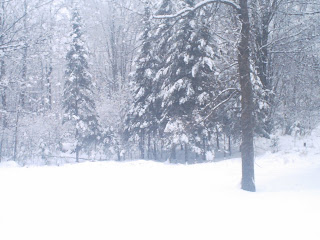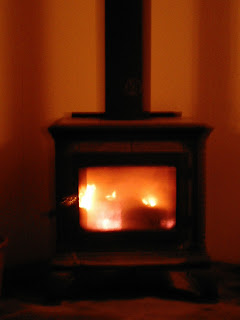
What do the above three stuffed animals have in common? If they are ever placed upon a bed they are immediately identified as prey and soon thereafter become the victims of brutal maulings. For whatever reason Mocha sees them as some kind of threat and goes after them tooth and nail (claw). The three of them have been found in various states of distress and have quite often been drug off the bed and onto the floor or under the bed. All of them are now marked with a multitude of puncture holes vis-a-vis their unfortunate encounters.
Mocha is a normal cat for about 20 hours per day, but for the other four, well - she becomes the leader of the "Thundering Herd". Several times a day something comes over her and she races around the house at breakneck speed, up and down the stairs, leaping up and over couch or bed, jumping/climbing to the top of door jams, sending candles and figurines and knick-knacks or whatever else that catches her eye (normally something fragile) crashing from shelves or perches to the ground below.

When Mocha gets that mischievous twinkle in her eye everyone needs to watch out! The leader of the "Thundering Herd" has earned the middle name of "May", so the use of her full(?) name can convey the seriousness of her crimes. Cries of "Mocha May" ring out in our house from time to time, and sometimes, if you look at her closely, she appears to be smirking.










































